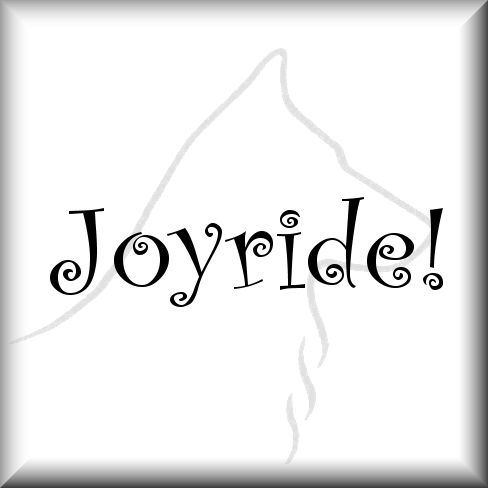In this exercise we’re going to specifically look at hides that are at the beginning of the search area. We call those “threshold hides.”
The reason we want to focus on those types of hides is specifically to ensure that the dog is working as soon as they approach the search. You may notice their nose twitching or turning a certain direction as they get close. This exercise is especially important for dogs who tend to blow by the start and rush into the search. Ideally with more exposure and experience it will make even zippy dogs a bit more thoughtful.
For this exercise you can use any element. For interiors it’s often good to use doorways as the entry or “start line.” Let the dog’s nose drift slightly beyond the plane of the doorway and release the dog to search when you notice them detect odor.
In the perfect world the dog would turn directly to the hide, viola! Reality is that this takes some repetition to “program” the dog and reset their expectations. Up to this point much of the dog’s searching has been pretty free. This can be a tad limiting since it’s less about the search and more about the behavior. You don’t want the dog to be frustrated, so you’ll have to gauge your dog’s state of mind to determine if it you need to release slightly earlier and then pay the line out SLIGHTLY until they circle back to find the hide.
Some guidelines:
- Keep the hide within 1-2 feet of the dog entering the search area
- Feel free to pair if needed!
- Use a leash for the dog who races into the search area – you will limit how far the dog gets to go into the space. It’s better than allowing the dog to search the entire area and then “discover” a hide near the threshold. There is not the learning you want with that.
- Hold the dog by the collar or a short tab if you want to have your dog search off-leash.
- Try not to talk to your dog as they approach the start line. Any obedience or verbals from you will take them out of the search mode you want them in.
- WATCH your dog carefully as they approach to see if you can “read” what your dog is indicating.
- For Vehicles and Container searches this just means having a hide up close to where the search starts. Easy peasy!
- Add boxes for Interiors/Exteriors around the threshold area to give objects for your dog to investigate if they don’t start working the thresholds without the added props.
- Do several repetitions in one area, alternating between hides on the left and hides on the right. A threshold hide could theoretically be in front of the dog but for this exercise using LH/RH will start to “train” them where to look first.
Once your dog does well with one element, try working the next! 🙂
